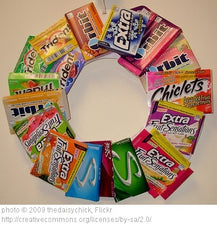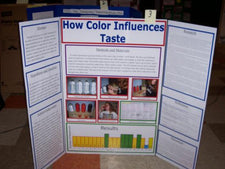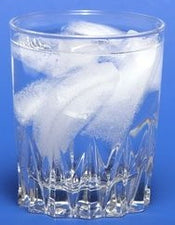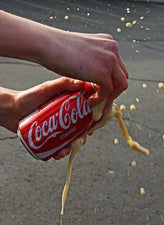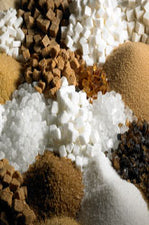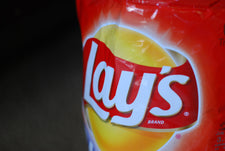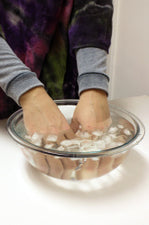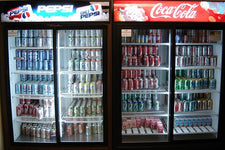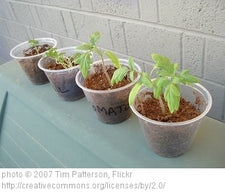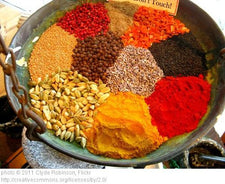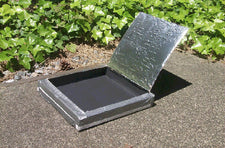How Greasy Are Your Potato Chips?
By Kayla • April 3, 2018

If you've ever eaten a serving of chips, it's likely you noticed the greasy residue left on your fingertips afterward. Combine this unattractive trait with the sordid nutritional values listed on the back {the average serving of name brand potato chips contains 150 calories with 90 of them from fat}, and you're left with a highly unhealthy snack. Ever wonder just how greasy your favorite chips are? Dr. Michelle Maranowski, contributor and writer for Science Buddies, designed a fun {educational!} science fair project that will help you determine just that - how much oil a potato chip can actually hold. Project Overview
In this project, students will compare the greasiness of four different types of chips,
- Kettle cooked
- Baked
- Pringles™
- Reduced-fat Pringles™,
by comparing samples of the grease stains formed when measured samples are crushed and left set on graph paper for a predetermined amount of time. Each chip will be tested three times and the results compared to determine which type of potato chip holds the most grease. Correlations will also be made between the size of the grease stain left behind and the amount of fat per serving listed under the nutritional information of each product.
For background information, important terms, step-by-step procedure, tips for forming conclusions, and project variations, be sure to visit Dr. Maranowski's full science fair project at Science Buddies!
Disclaimer: The content on this page is for informational purposes only and reflects my personal experience and opinions. I’m not a financial advisor, and this is not financial advice. Please do your own research and consult with a qualified professional before making financial decisions. Some of the links on this page are affiliate or referral links, which means I may earn a commission or bonus if you use them. There’s no extra cost to you—and it’s a great way to support the site if you find the content helpful.

